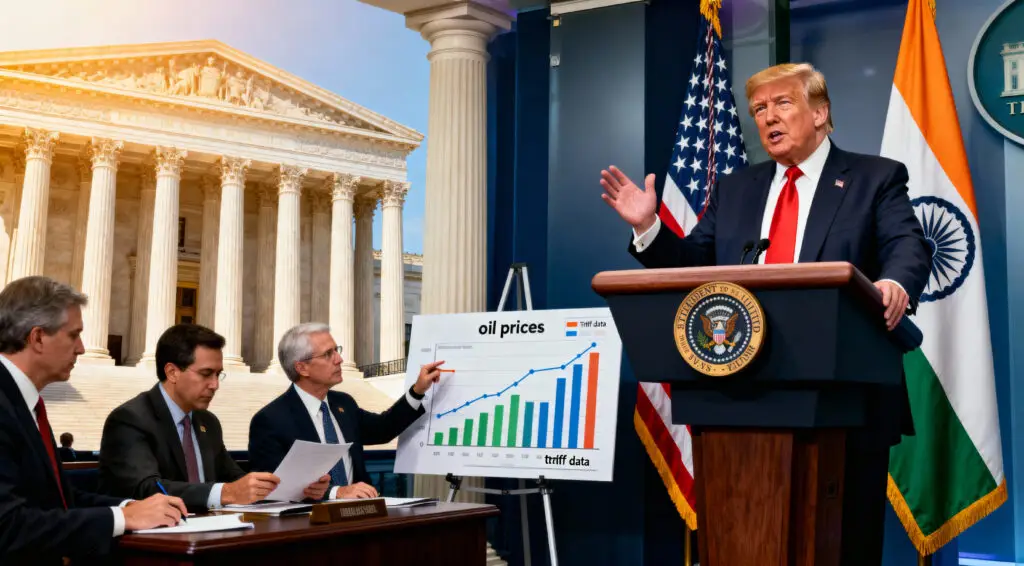Addressing the dilemma of electronic waste, Singapore startup Cinch extends the lifespan of technology devices by offering them as subscription-based services to individuals and companies, including SMEs. The model aims to grant consumer tech products to customers for a fraction of their retail price.
Making Tech Accessible and Circular
Hamid, CEO and co-founder, shares the company’s purpose, describing, “It’s a goal we are working on to make expensive consumer tech more accessible for SMEs and individual customers.” He elaborated on this during a Zoom conversation, saying, “This is achieved by taking high-ticket items like tablets, phones, and laptops and offering them through subscriptions at a fraction of the retail price.” Hamid noted that the core structure of their model is circularity.
Device-as-a-Service Features
The Cinch platform functions as a device-as-a-service model and provides businesses with some distinguishing features. It permits firms to monitor their inventories for devices on rent. It also aids in managing the repairs and replacements for these devices. In addition, the platform allows the regional deployment of preconfigured devices to employees on a zero-touch basis, which simplifies things for businesses with a distributed workforce.
Responsible Device Recycling
Cinch also focuses on the sustainable management of devices that are no longer useful. Hamid stated, “As a platform, we are not only extending the useful life of these products but also committing to channeling them into responsible recycling streams.” He added, “We work with several e-waste recycling companies to support that effort.” This approach to recycling enables them to sustain their core business of extending the lifespan of devices.
Refurbishment and E-waste Context
The returned gadgets go through a full diagnostic check, which involves hardware and battery tests, along poristic inspection. “We refurbish in-house or work with certified partners to replace parts if needed, including batteries, ensure sanitization, and repackage the devices before redeployment. That is our circularity piece,” described Hamid. Devices are kept fully functional for future uses. Hamid noted the cumulative problem of e-waste, stating, “Singapore stockpiles around 65,000 tons each year, maybe even double that in 25 years if consumers and companies keep gadgets for longer.”
Business Model and Goals
As Hamid notes, Cinch’s business model uses the average device upgrade cycle. For Singaporeans, they upgrade their devices every 2.65 years. For mobile phones, he noted the specific goal of the company: “What we aim to do is extend the useful life of mobile phones specifically to five years.” He explained the economic viability, stating, “If we can generate a healthy annualized return on a device that costs $1,000, it allows us to offer it at a significant discount on a 12-month subscription, well below retail prices.” Cinch also earns income through its software-as-a-service product.
Markets and Partnerships
Cinch pursues multiple markets, such as distribution channels and suppliers, fulfillment partners, insurers, e-commerce platforms, recycling firms, and managed service providers. They work with partners like Samsung Electronics Co. Ltd., CompAsia, and ZenAdmin. ALBA and the National Environment Agency (NEA) also work with them for sustainable recycling initiatives in Singapore. Hamid noted, “In Singapore, we collaborate with ALBA and the National Environment Agency (NEA) on sustainable recycling, and we’re hoping to grow these partnerships as we regionalize the business,” referring to the extension of services to other Southeast Asian countries.
Scaling and Competition
After raising $38.2 million from a recent funding round, Cinch plans to increase their operational scope. Hamid thinks that the company is maintaining its competitive advantage by moving quickly and producing better, simpler products. He recalled a future scale goal and stated, “We’re trying to become Asia’s largest device-as-a-service solution and have close to a million devices in circulation within five years,” which demonstrates large growth aspirations.















